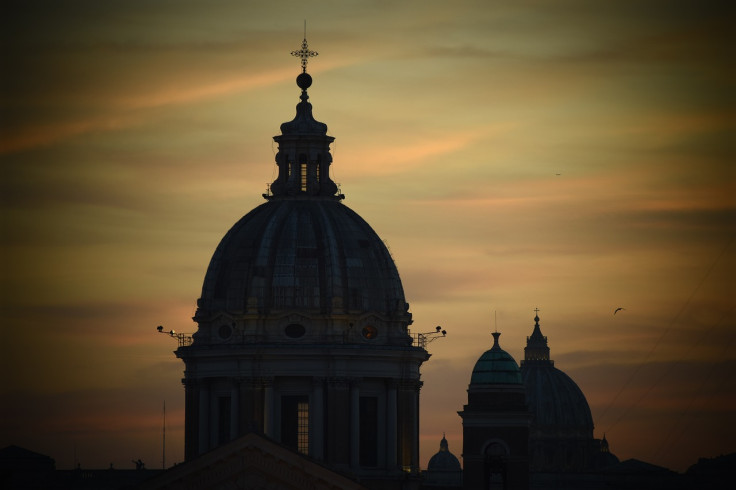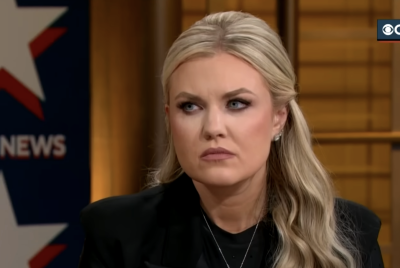Vatican City Explained: History, Wealth, and How It Became The Smallest Country in the World

At just 0.49 square kilometres, Vatican City is the world's smallest independent state, yet it wields a global spiritual influence unlike any other. Governed by the Pope and home to the Roman Catholic Church's central administration, the Vatican is not just a religious hub—it's a political, economic and historical powerhouse.
Founded in 1929 through the Lateran Treaty between the Holy See and Italy, the Vatican operates as a unique blend of monarchy, theocracy and sovereign state. Despite its size, it functions with its own legal system, financial operations and even diplomatic corps.
How Was the Vatican Formed?
Vatican City was officially established on 11 February 1929, following decades of tension between the Italian state and the papacy. The Lateran Treaty recognised the Vatican as an independent sovereign entity, compensating the Church for the loss of the Papal States, which had been absorbed into Italy during the country's unification.
This agreement granted the Holy See full ownership of the Vatican territory and promised financial restitution—1.75 billion lire (approximately £800 million in today's money). In exchange, the Pope agreed to remain politically neutral and to limit his rule to Vatican City itself.
A Monarchy Like No Other
Unlike traditional monarchies, the Vatican is governed as an absolute elective monarchy, meaning the Pope holds full executive, legislative and judicial power. However, unlike hereditary rulers, the Pope is elected by the College of Cardinals in a secretive conclave.
The Pope's authority includes appointing bishops, approving Church doctrine, and directing Vatican diplomacy. Though there are advisory bodies and Vatican departments, ultimate decision-making rests solely with the pontiff.
Who Actually Runs the Vatican?
The Pope is supported by the Roman Curia, the Church's central governing body. This includes various dicasteries (departments), secretariats and congregations that handle everything from doctrine and worship to foreign relations and charity.
The Vatican also has its own legal system based on canon law. It operates its own police force, the Gendarmerie, and relies on the Swiss Guard for security. It even maintains its own post office, bank, and media outlets—including Vatican Radio and the official newspaper, L'Osservatore Romano.
How Rich Is the Vatican?
The Vatican's wealth is frequently the subject of speculation, but it's important to distinguish between the Vatican City State and the Holy See. The Vatican itself funds operations through museum ticket sales, donations, investments, and real estate holdings.
According to Investopedia, the Holy See follows a 'faith-based investing strategy,' avoiding industries contrary to Catholic teachings such as weapons, gambling and pornography. It owns significant global real estate, including churches and schools, and holds reserves in foreign currencies, gold, and investments. Though exact figures are rarely disclosed, its total assets are estimated to be worth billions of pounds.
In 2023, Vatican financial reports revealed that the Church was managing over €3 billion in investments, spread across global portfolios—emphasising ethical investing and long-term stability.
A Country Without Citizens?
Vatican City has fewer than 1,000 residents, the majority of whom are clergy, officials, and Swiss Guards. Citizenship is not passed down by birth but granted only for the duration of one's official duties. Once an individual no longer works for the Vatican, their citizenship expires.
Despite having no native population, the Vatican maintains diplomatic relations with over 180 countries and is an observer state at the United Nations. It issues its own passports, euros (through an agreement with the EU), and even licence plates.
Beyond Religion
While best known as the spiritual heart of Catholicism, the Vatican also functions as a cultural and historical treasure trove. It houses some of the world's most iconic artworks, including the Sistine Chapel ceiling painted by Michelangelo and St Peter's Basilica—believed to sit atop the burial site of Saint Peter.
The Vatican Museums attract over 6 million visitors annually and serve as a key source of income. Despite its small footprint, the Vatican remains one of the most visited—and mysterious—places on Earth.
© Copyright IBTimes 2025. All rights reserved.





















